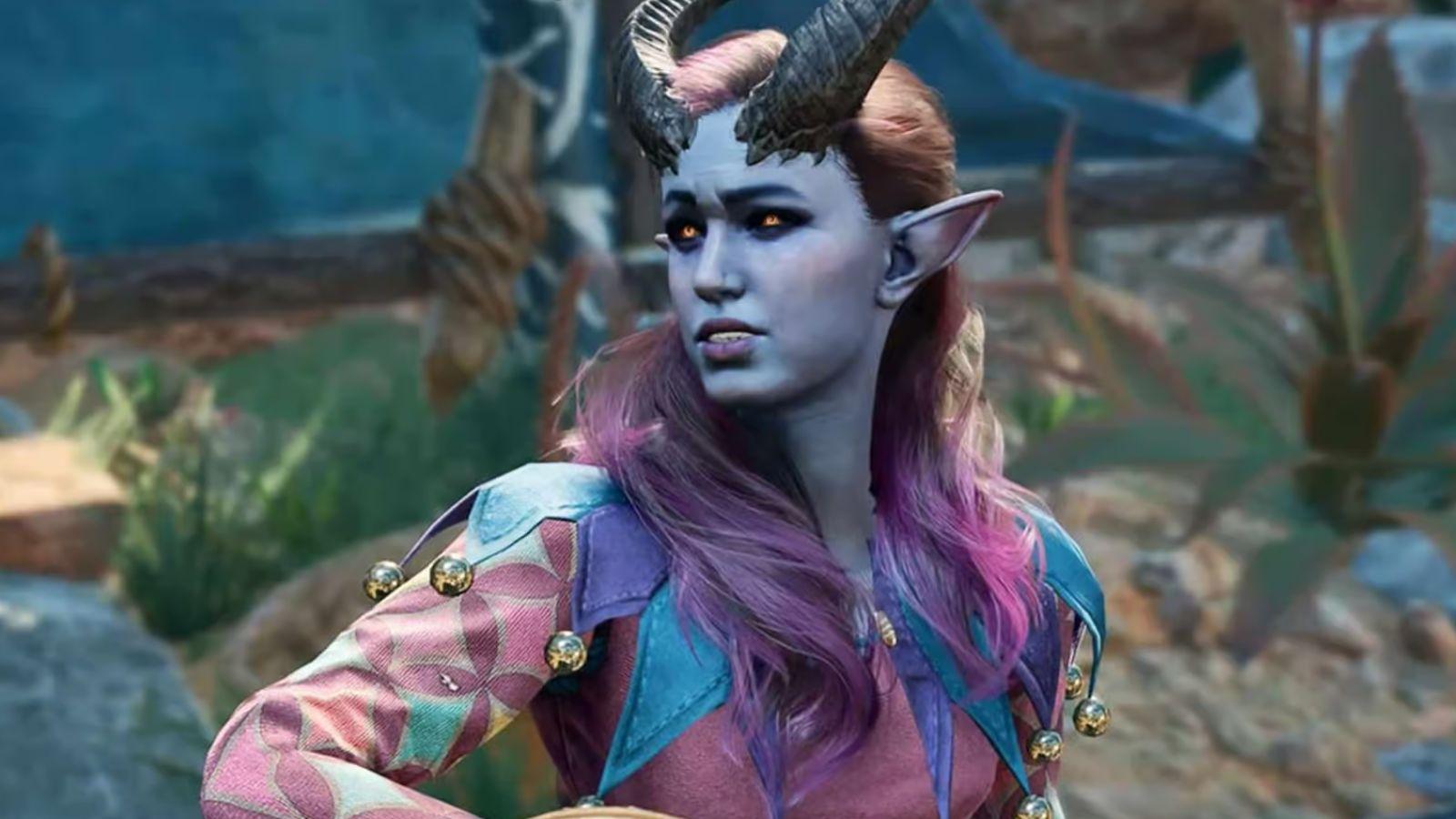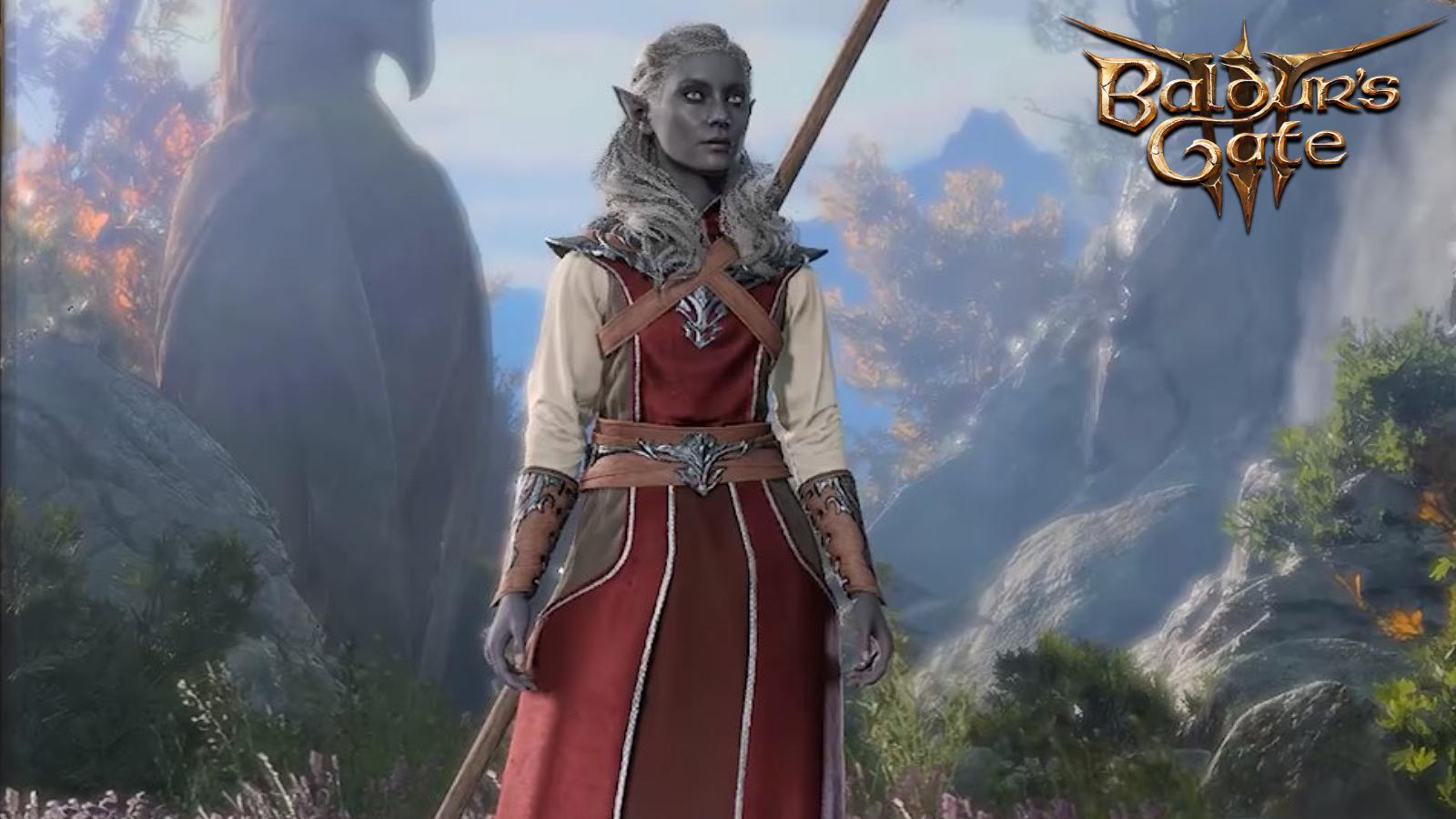Baldur’s Gate 3: Best multiclass builds ranked
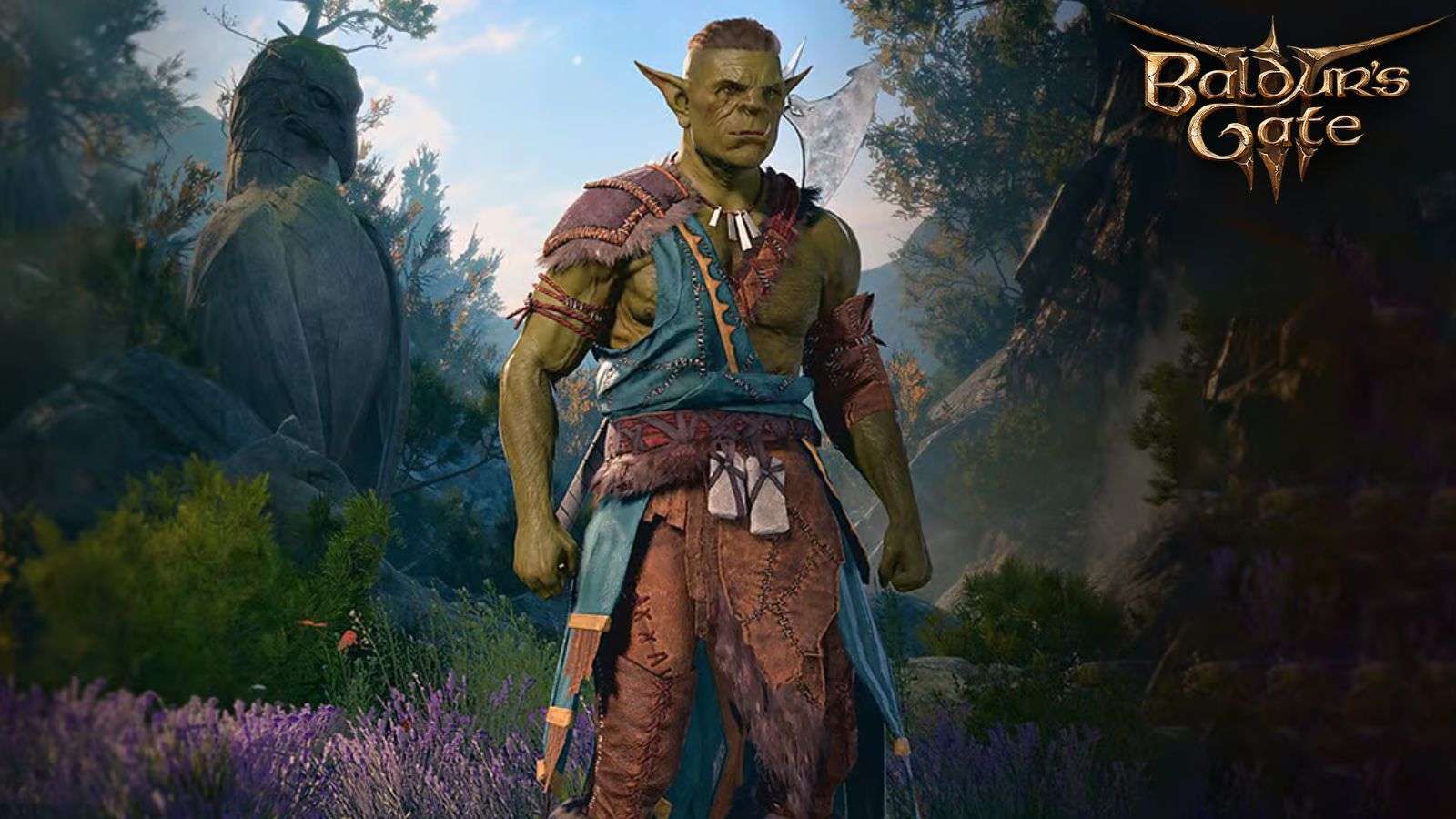 Larian Studios
Larian StudiosBG3 could certainly receive DLC down the line, but devs have nothing specific in the pipeline just yet.
Baldur’s Gate 3 is full of customization and important choices for players to make. One of the first is deciding on what class you want to use, and there are plenty of multiclass options available. So, here are the very best multiclass builds you can use in Larian Studios’ RPG.
Since its release, Baldur’s Gate 3 has become one of the most beloved RPGs of all time with a huge amount of content and variety available to players. You can do pretty much anything you want throughout your time in the Dungeons & Dragons title and that includes customizing your character to your preferred playstyle.
There’s a lot to decide when you’re creating your character in Baldur’s Gate 3, be it the race or the class of your character. However, the game also allows you to multiclass which means you can combine two classes to get the best of both worlds.
So if you’re wondering what the best multiclass combinations are in the RPG, here’s everything you need to know about multiclass builds.
All classes in Baldur’s Gate 3
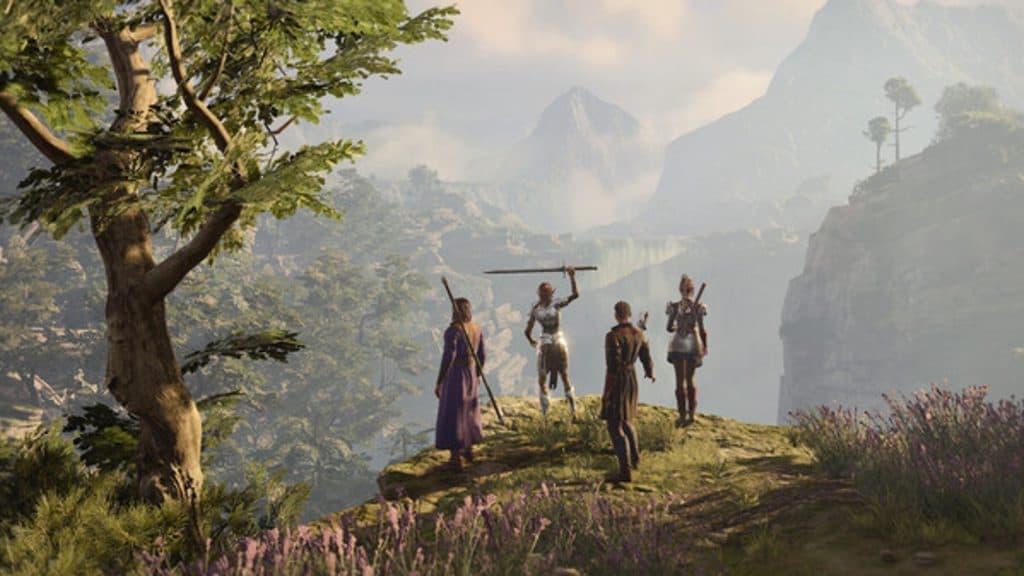 Larian Studios
Larian StudiosCurrently, there are 12 different classes in Baldur’s Gate 3, each with its own specialty and great multiclass pairing:
Baldur’s Gate 3 class tier list
- S = The best muliclasses to play. They work particularly well with each other and usually complement each other’s styles.
- A = These multiclasses are great to play. Some may not complement each other’s stats, but they bring something new and powerful to the game.
- B = While not the best multiclass in the game, they can provide something new, if you’re looking for a certain aspect.
- F = They’re not particularly effective and will likely make the game harder.
| Tier | Multiclass |
|---|---|
| S | Paladin / Warlock — Fighter / Barbarian — Sorcerer / Warlock |
| A | Cleric / Sorcerer — Rogue / Ranger — Fighter / Monk / Rogue — Bard / Rogue |
| B | Rogue / Ranger / Fighter — Monk / Cleric |
| F | All classes |
S-Tier
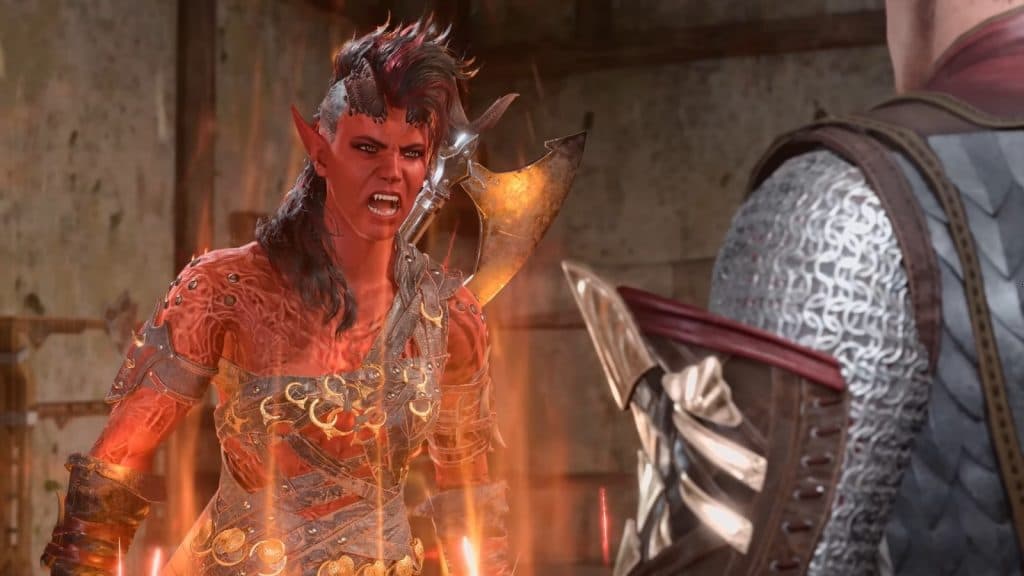 Larian Studios
Larian StudiosPaladin / Warlock
Sure, they kind of contradict each other, but this multiclass can be a fantastically powerful build if you’re tactical about it. Both grant you a few spells while mainly prioritizing the up-close melee attacking.
Combine all this with the Pact of the Blase and your smites and you have an extremely proficient attacker with the use of spells to make those hits even more deadly. Then, if you get far away, use that Eldritch Blast.
Fighter / Barbarian
This multiclass is one of the easiest to do in Baldur’s Gate 3. The Barbarian and Fighter were pretty much made for each other, with both having the same stats and each bringing something new to the multiclass.
The Fighter brings a high AC, good health, and different attacks, along with action surge. The Barbarian brings fantastic health, Rage, and resistance to most damage, making you an unstoppable force of tactical rage.
Sorcerer / Warlock
This class combination is fantastically powerful in Dungeons & Dragons and that extends to Baldur’s Gate, even if some of the spells aren’t in the game.
They both use Charisma and the Sorcerer addition will give your Warlock more spells and better ways to use them thanks to Metamagic. Alternatively, the Warlock addition grants you a higher AC, more health, and the beloved Eldritch Blast – a win-win.
A-Tier
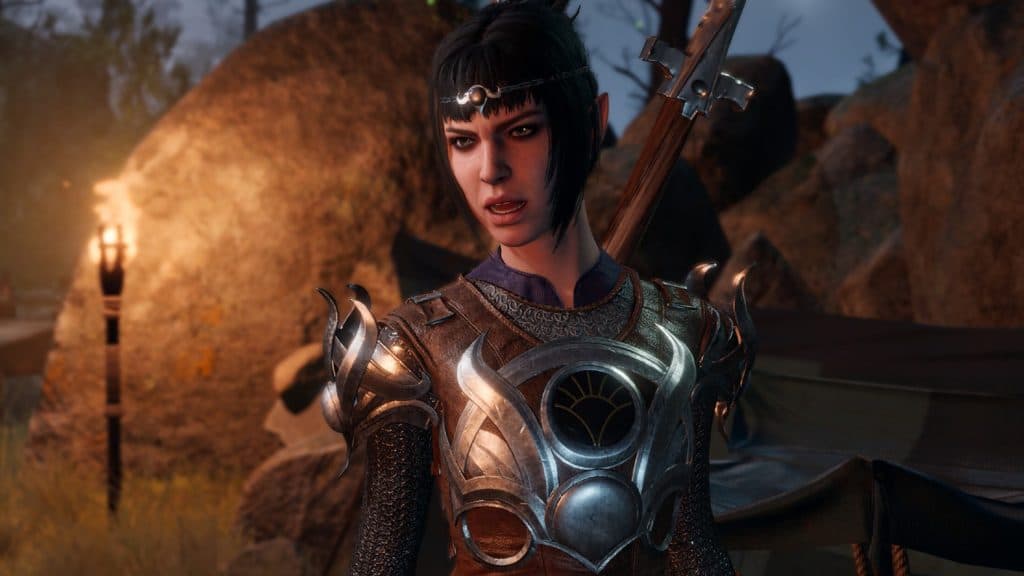 Larian Studios
Larian StudiosCleric / Sorcerer
Combining the Tempest Cleric and a Sorcerer can make a pretty powerful build, so long as you’re careful about your battles. You’ll get access to some handy spells, and grab that armor and weapon proficiency which can save your squishy Sorcerer if you get into a tight spot.
However, the Sorcerer isn’t always known for having the most powerful buffs, leaving you with a good amount of spells, some useful healing, and not much else. It’s great for spellcasters, but not for melee.
Rogue / Ranger
The Rogue and Ranger are an ideal combination thanks to the gaps in the Rogue’s class. Sure, you can deal some good damage from a distance with your sneak attack, but when that doesn’t apply, your ranged damage does little to nothing.
This is where the Ranger comes in. It fills that small gap with more versatile hits and a little more damage, bringing your Rogue into a versatile fighting machine.
Fighter / Monk / Rogue
This is probably the best triple multiclass option in Baldur’s Gate 3, probably because it doesn’t pile any more than one level into the Fighter, which is solely there to get heavy armor and shield proficiency.
We suggest opting for one level in Fighter, eight levels in Monk, and three levels in Rogue, with the Tavern Brawler, Open Hand, and Theif subclasses respectively. With this, you’ll get some fantastic mobility, insane damage, and tons of proficiencies to tie it all off.
Bard / Rogue
This multiclass kind of capitalizes on the Sharpshooter feat bug, which grants you a benefit of the +10 damage without enduring the -5 to hit. If you combine an 8th-level Bard with a 4th-level Rogue then you have an overwhelming amount of proficiencies, some fantastic weapons skills, and all the useful spells that come with the Bard.
Combine that with the additional bonus action from the Rogue and you have an extremely powerful ranged attacker.
B-Tier
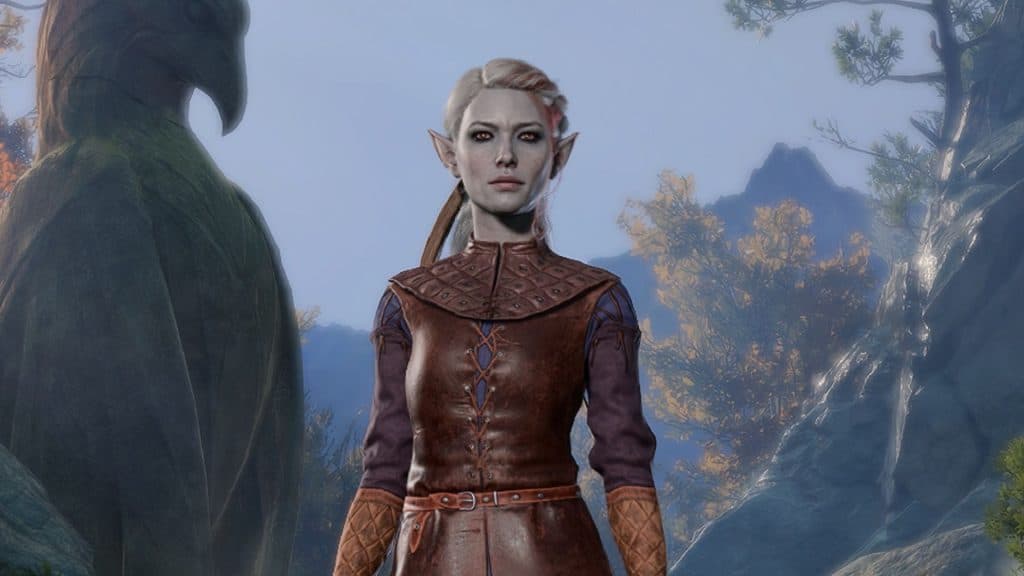 Larian Studios
Larian StudiosRogue / Ranger / Fighter
In Dungeons & Dragons, you can get some good situations out of multiclassing three times – but that’s when you get to level 20. With Baldur’s Gate 3’s max level being 12, it can be tough to get the most out of each class.
Sure, they can complement each other with the sneak attack, action surge, and ranged damage, but it’s far too complicated for what it’s worth.
Monk / Cleric
The Monk isn’t particularly multiclass-friendly. It works fine with the Cleric, or other classes, but doesn’t bring enough to make it worth it in most cases. After all, there’s not much use punching the enemy when you have proficiencies like the Cleric.
It’s fun to experiment with this build, but don’t expect it to live up to the likes of other Cleric multiclasses.
F-Tier
All Classes
If you’re looking to multiclass using all the available classes, then you’re in for a challenging time. You won’t get anything good from this and we highly recommend against it. But, if you want a mixed-up character who can do a tiny bit of everything, go for it.
For more Baldur’s Gate 3 content, check out our guides below:
Best Baldur’s Gate 3 classes tier list | How to revive characters in Baldur’s Gate 3 | Can you multiclass in Baldur’s Gate 3 | Baldur’s Gate 3 Soul Coins: How to get them & what they are | Baldur’s Gate 3: Fastest ways to get XP & level up | Baldur’s Gate 3: How to respec your character | Baldur’s Gate 3 Karmic Dice: What are they? | Best Sorcerer build | Best Bard build | Best Rogue build | Best Ranger build | Best Barbarian build | Best Wizard build | Baldur’s Gate 3: What’s the max level cap?


